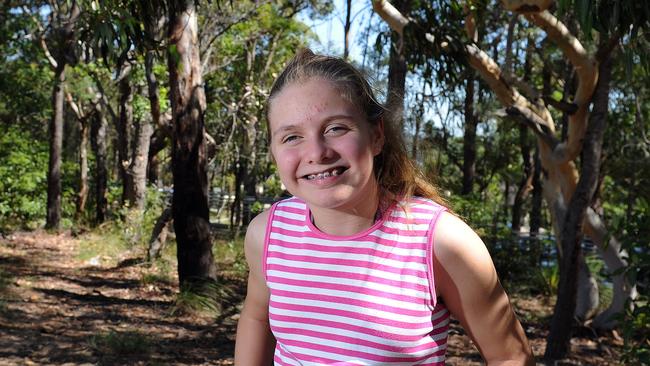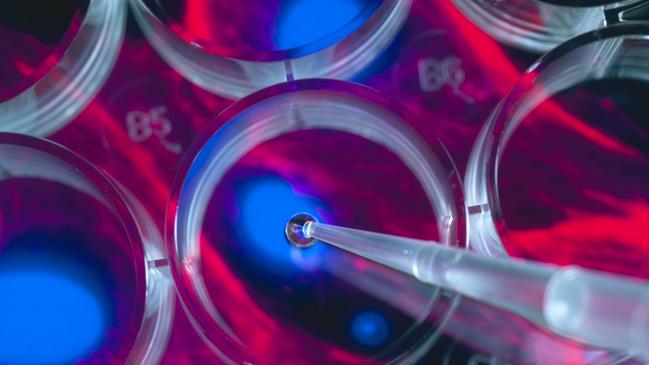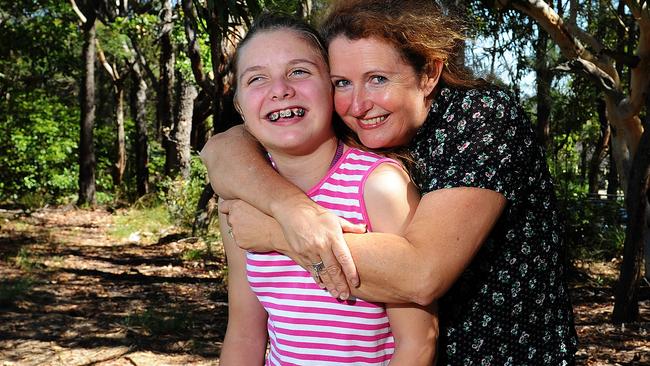Hudson Institute researchers look to brain stem cells for CP answer
When researchers found a potential life-changing treatment for cerebral palsy they knew it offered renewed hope - but it would also be deemed controversial.
Victoria
Don't miss out on the headlines from Victoria. Followed categories will be added to My News.
Cerebral palsy is a common cause of childhood disability with no cure, but Victorian researchers say neural stem cell therapy may hold the key to a life-changing treatment, cautiously even a cure.
These brain-specific stem cells can be used to help regrow and rebuild damaged tissue, but the paradox is little information is available on how well they could work in cerebral palsy, the treatment would be complex and it would be controversial.
The proposed therapy would involve injecting neural stem cells into the brains of newborns and young people and may require them to take strong drugs called immune-suppressants indefinitely so that the stem cells stayed in the brain and were not rejected.

Researchers at the Hudson Institute of Medical Research have been working on preclinical animal models and have high hopes it can be translated into human trials. First, they wanted make sure the benefits outweighed the risks and that the treatment would be acceptable for the cerebral palsy community.
They have partnered with the Cerebral Palsy Alliance on a survey of more than 200 families in Australia to ask what they thought. The results, they said, were supportive and very moving.
Dr Courtney McDonald and Dr Madeleine Smith from the Hudson said their rationale was to engage with the community early.

“If a child has to take immune-suppressants for life, that’s a big question parents have to consider,” Dr McDonald said. “We are not sure until we do larger trials if that will be the case, but it may be, and that’s why we did the survey now.”
Dr Smith said ethical considerations also had to be addressed with families as the neural stem cells can be obtained from adult donors, but could also be from embryonic and foetal sources.
“Also, to replace brain cells they need to be administered directly into the brain via neurosurgery,” Dr Smith said.
They said the responses to the survey have encouraged them to move forward with their work.
Natasha Garrity, 24, is a research assistant at the Cerebral Palsy Alliance Research Institute and co-chair of its stem cell reference group.

She lives with cerebral palsy and from an early age has been determined to help find a cure for the condition that is usually caused by an injury to the brain in the areas that control movement, balance and posture.
Injury is permanent and happens mostly during pregnancy, but may also occur during or shortly after birth.
Ms Garrity was born six weeks prematurely and suffered a minor stroke and diagnosed with cerebral palsy at 12 months.
On Wednesday she graduates with a science degree from university and will take a year off before returning to do her Masters and eventually a PhD.

“I’d consider having this treatment, if I met the requirements for it,” Ms Garrity said.
She says she likes its potential.
Dr McDonald said clinical trials could start within the next couple of years as the stem cells have already been shown to be safe in treating other diseases in children as young as two.
“We don’t want to give false hope to families, so we are aiming for a treatment with the best outcome that it could potentially cure.”
More Coverage
Originally published as Hudson Institute researchers look to brain stem cells for CP answer





